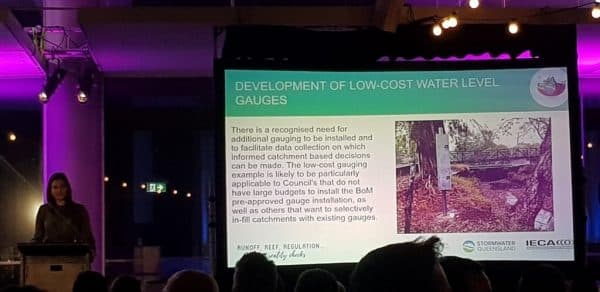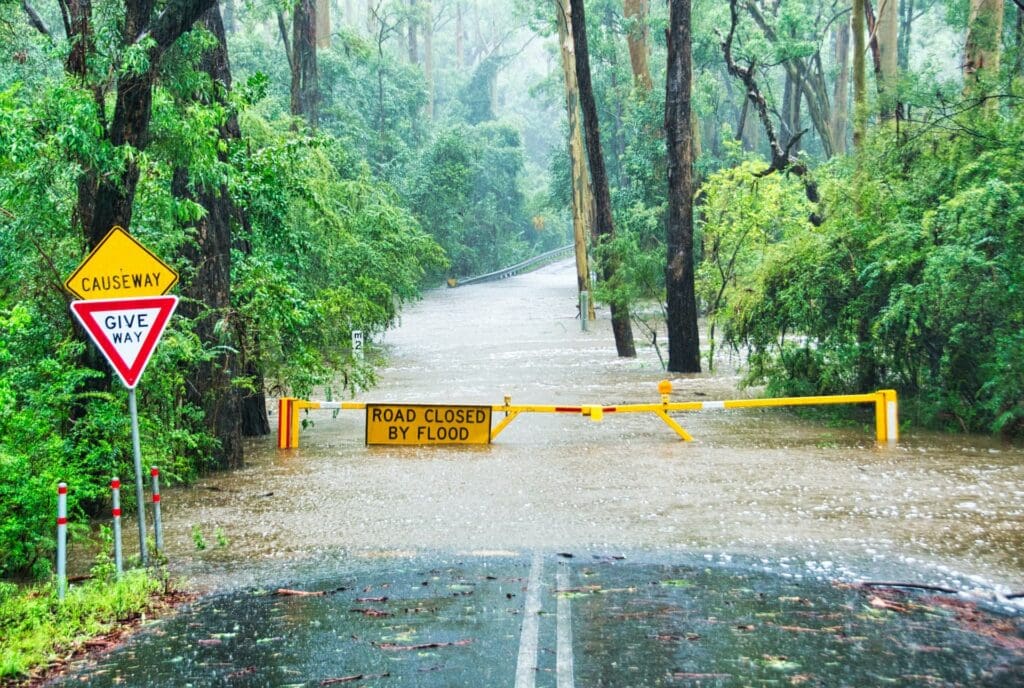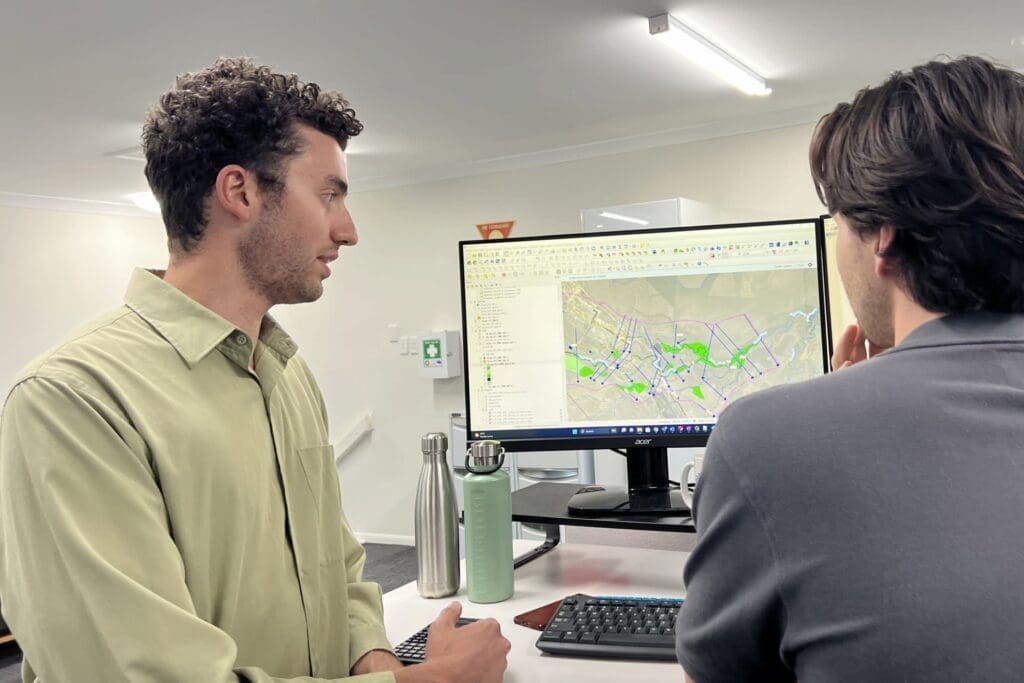Navigating Dredging Responsibly
Dredging is a fundamental process for waterway maintenance, development, and coastal resilience. At WMS we understand the pivotal role dredging plays and are dedicated to facilitating this process with the highest environmental responsibility, approval assistance, and engineering expertise.
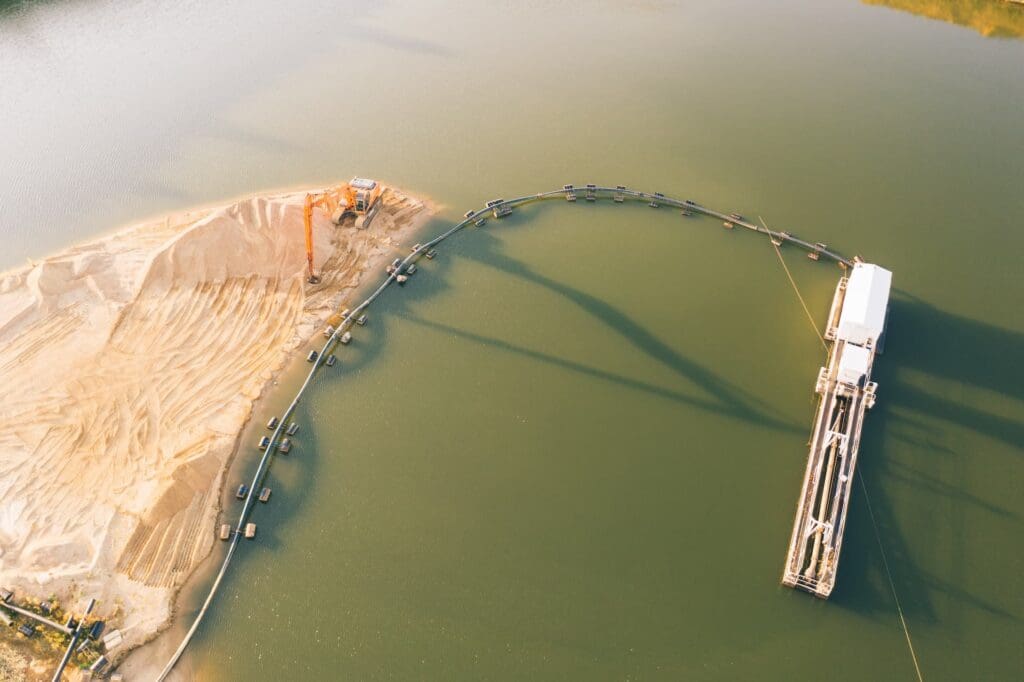
Understanding Dredging: Why is it Done?
Dredging serves critical purposes in coastal and waterway management. It is essential for creating and maintaining navigation channels, ports, marinas, and extracting materials such as sand or gravel for construction. Additionally, maintenance dredging ensures that waterways stay within their designed dimensions, aiding efficient navigation and flood control.
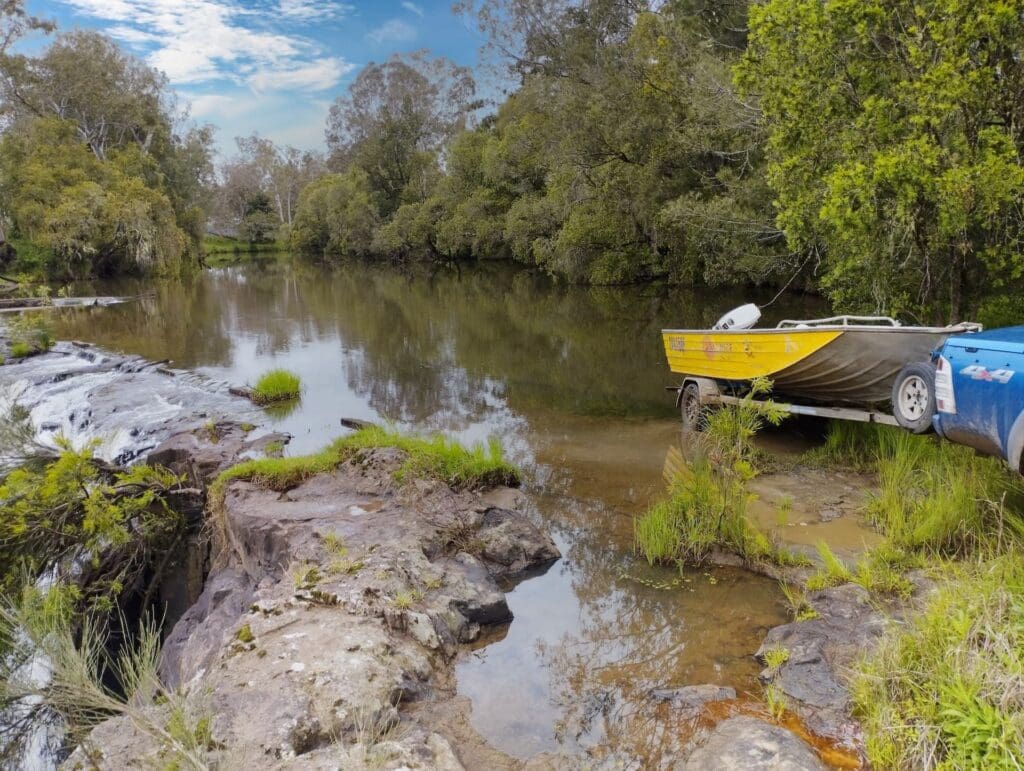
Types of Dredging
Broadly, dredging activities fall into three primary types:
Extractive Dredging: Involves the extraction of sand or gravel, primarily for use in construction applications.
Capital Dredging: This is the initial dredging to create new channels, ports, marinas, or extend existing ones.
Maintenance Dredging: Ensures existing channels, ports, and basins retain their designed dimensions for efficient navigation and flood control.
Navigating Regulations in State Waters
Dredging in tidal waters is subject to robust regulation under state and federal legislation. Some of the key legislations in Queensland include the Environmental Protection Act (1994), Environmental Protection Regulation (2019), Coastal Protection and management Act (1995), Planning Act (2016). In New South Wales dredging activities come under the Environmental Planning and Assessment Act (1979), the Marine Pollution Act (2012), Environmental Protection Authority (EPA), and many more depending on the site, each emphasising environmental protection and sustainable dredging practices.
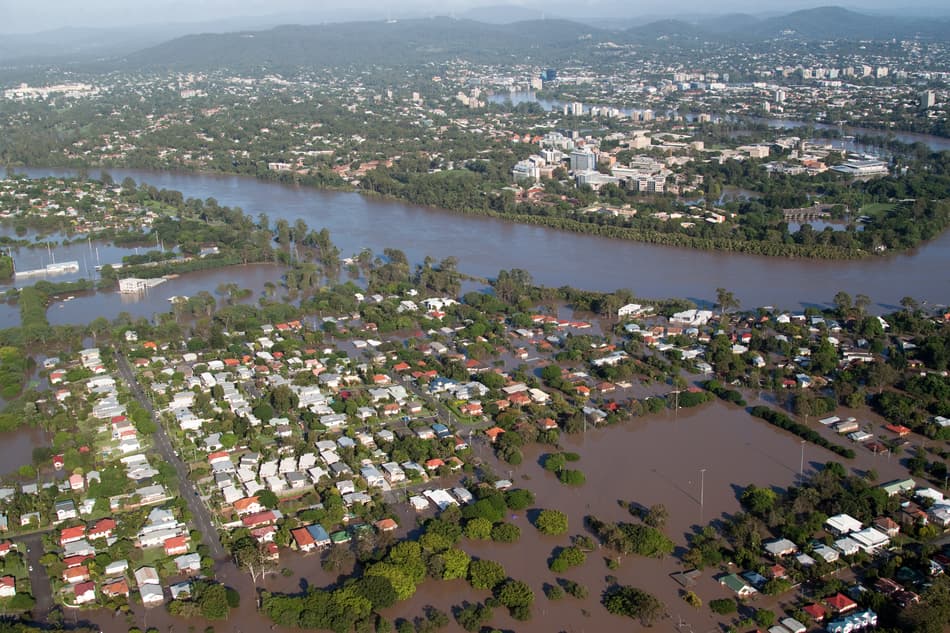
Our Role
At WMS, we offer a comprehensive range of services to support your dredging projects, ensuring both efficiency and environmental responsibility. Our areas of expertise include:
Bathymetric Surveying: Our state-of-the-art equipment and experienced team enable us to provide accurate bathymetric surveys. These surveys are essential for mapping the underwater topography, identifying potential hazards, and planning dredging operations with precision.
Hydraulic Modelling: We employ industry standard 1D, 2D, and 3D hydraulic modelling techniques to simulate water flow, currents, and storm events. This modelling aids in assessing channel conveyance characteristics, designing effective flood resilience measures and optimising water-sensitive urban designs.
Dredging Approval Assistance: Navigating the complex landscape of dredging approvals can be challenging. We offer comprehensive support throughout the approval process, ensuring compliance with regulatory requirements, including those pertaining to environmental impact assessments.
Water Quality Assessment: Our team conducts comprehensive in-field water quality assessments to evaluate factors such as turbidity, light attenuation, and contaminant levels. By understanding these parameters, we can develop strategies to maintain or enhance water quality throughout your project and after its completion.
Geomorphologic Modelling: Utilising advanced modelling tools, we simulate the impacts of dredging and water-related activities on the environment. This includes assessing the dispersion of suspended sediments, predicting sediment transport, and even evaluating the impact of vessel travel on sensitive ecosystems.
Environmental Impact Assessments (EIAs): At WMS, we understand that dredging can have profound impacts on aquatic ecosystems. The cumulative effect of disturbing habitats, altering sediment composition, and modifying underwater landscapes can have cascading effects on biodiversity and the overall health of aquatic ecosystems. Understanding these potential impacts is crucial in designing and implementing effective mitigation and conservation measures to minimise harm to marine life during dredging operations. Our team will walk you through preparing an Environmental Impact Assessments (EIAs) that meet requirements of the relevant legislation.
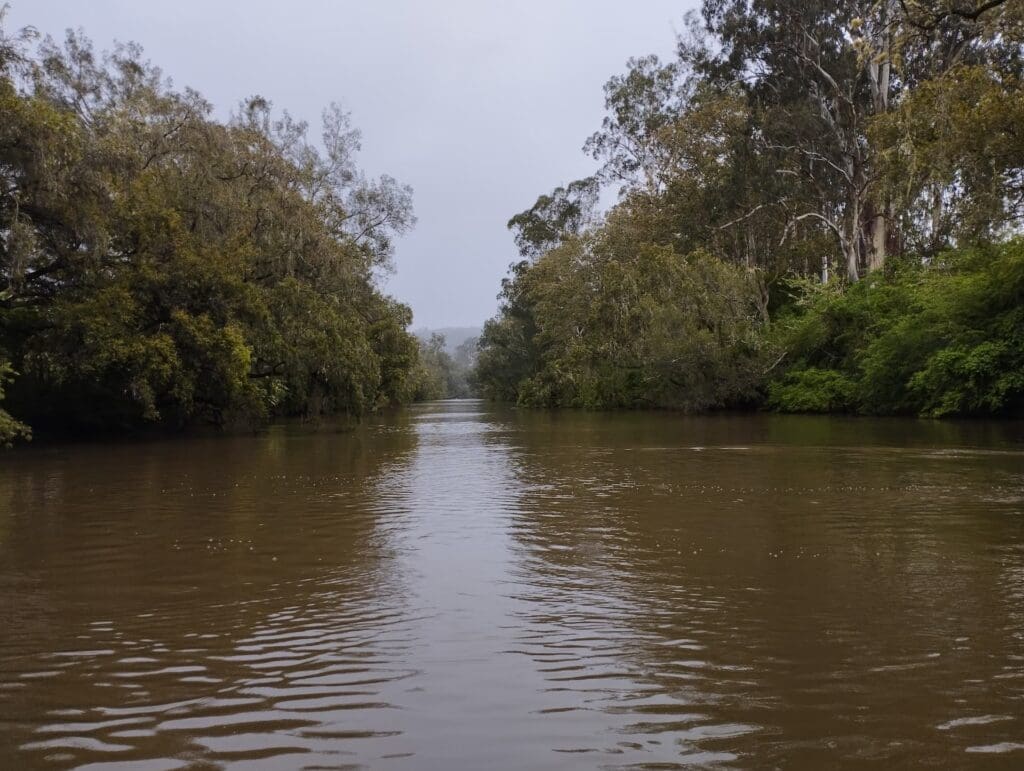
Our Pledge: A Balanced Approach
Choosing WMS means selecting a multidisciplinary approach that seamlessly integrates environmental expertise, engineering solutions, and modelling capabilities. Our commitment to excellence ensures that your water-related projects are environmentally responsible, technically sound, and compliant with regulatory standards.
Whether embarking on a dredging project, needing assistance with water-sensitive urban design, or requiring support in any facet of water modelling and assessment, WMS is your trusted partner for success. We bring innovation, experience, and dedication to environmental and engineering excellence to every project we undertake. Trust us to navigate the waters for you, ensuring a journey towards a sustainable future.
Join us in our commitment to responsible dredging. Together, we can safeguard our waterways and ensure a sustainable legacy for generations to come.
